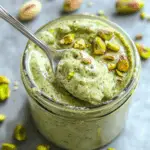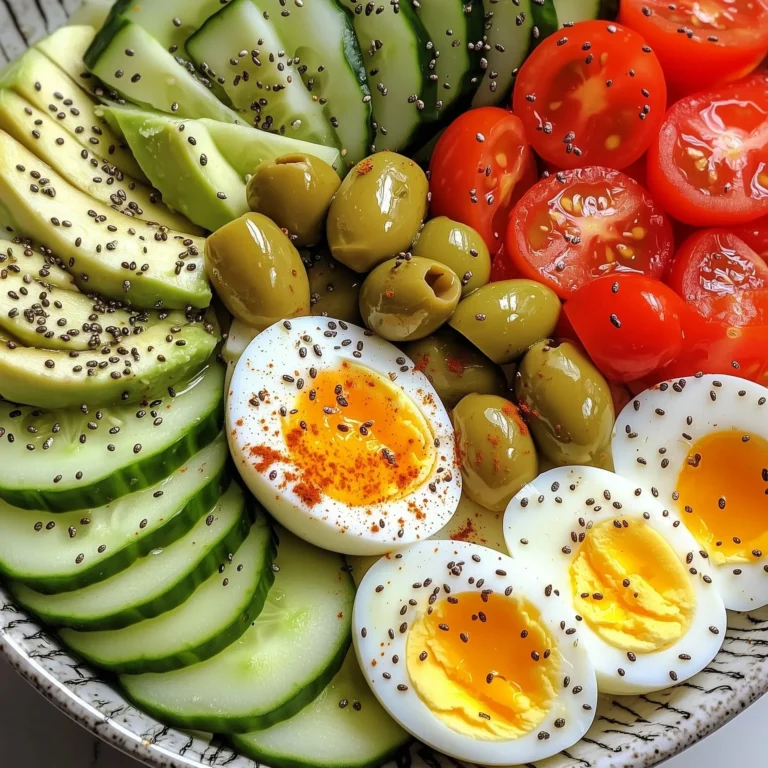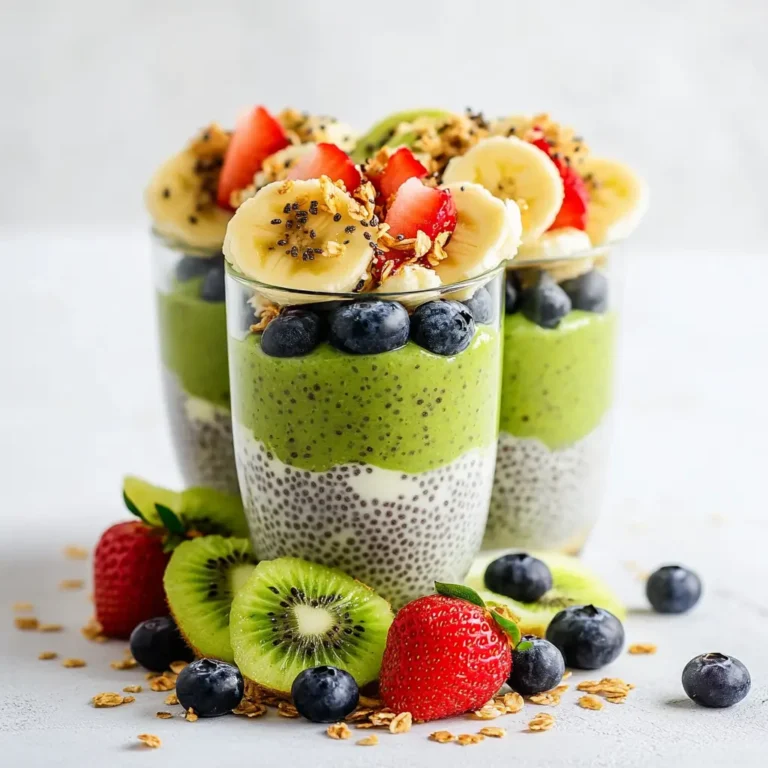Follow Me On Social Media!

Introduction to Homemade Pistachio Sauce Recipe
Pistachio sauce is a rich, creamy, and versatile condiment that can elevate a wide range of dishes with its nutty, slightly sweet flavor. This delicious sauce, made primarily from ground pistachios, is commonly found in Mediterranean and Italian cuisines, where it’s used as a pasta sauce, spread, or dip. Its beautiful green color and unique flavor make it a gourmet addition to any meal, whether you’re dressing up pasta, drizzling it over meats, or even using it as a sweet dessert topping.
With only a few ingredients and a simple blending process, making homemade pistachio sauce is easy. Plus, it allows you to control the flavor and consistency, adapting the sauce to suit your preferences. Ready to make your own creamy, nutty pistachio sauce? Follow along with this recipe to create a new favorite addition to your kitchen!
Ingredients for Homemade Pistachio Sauce Recipe
Here’s what you’ll need to make a flavorful and versatile pistachio sauce recipe:
- Pistachios (1 cup, shelled and unsalted): The star ingredient that gives this sauce its nutty taste and creamy texture. Use unsalted pistachios to have better control over the seasoning.
- Olive Oil or Heavy Cream (¼ – ½ cup): Olive oil provides a lighter, dairy-free option, while heavy cream gives the sauce a richer texture. Choose based on personal preference.
- Garlic (1 clove, minced): Adds a mild depth and enhances the sauce’s savory flavor.
- Grated Parmesan Cheese (¼ cup): Adds umami and saltiness. Optional for a vegan version, or substitute with nutritional yeast.
- Lemon Juice (1 tbsp): Brightens the sauce and balances the richness with a hint of acidity.
- Salt and Pepper: To taste, adjust based on whether pistachios or cheese are already salted.
- Optional Additions: Fresh herbs like basil or parsley for extra flavor, or a dash of cayenne pepper for a hint of spice.
This combination of ingredients results in a creamy, nutty sauce with a balanced flavor profile that can be adjusted to suit a range of dishes.
Step-by-Step Guide: How to Make Homemade Pistachio Sauce Recipe
Making pistachio sauce is simple and only requires a few steps. Follow this guide to achieve a smooth, creamy sauce that you can use in a variety of dishes.
- Prepare the Pistachios
- If you prefer a slightly roasted flavor, toast the pistachios in a dry skillet over medium heat for 3-5 minutes, stirring frequently until they become fragrant. Let them cool before blending. Alternatively, you can soak the pistachios in warm water for 15-20 minutes for a smoother texture, especially if using a less powerful blender.
- Combine Ingredients in a Blender
- Add the pistachios, garlic, grated Parmesan, and lemon juice to a blender or food processor. Blend on low speed to break down the nuts, then gradually increase to medium. This will ensure a smooth consistency without overworking the ingredients.
- Add Olive Oil or Cream
- With the blender running on low speed, slowly drizzle in the olive oil or add the heavy cream. Blend until the mixture is creamy and smooth. If you want a thinner consistency, add a little more olive oil or cream, or even a tablespoon of warm water to reach your desired texture.
- Season and Adjust Flavor
- Taste the sauce and add salt and pepper to your preference. If you’d like a brighter flavor, add a bit more lemon juice. For extra depth, you can add a few fresh basil or parsley leaves and blend again.
- Serve or Store
- Use the sauce immediately or transfer it to an airtight container and refrigerate for up to 5 days. If freezing, portion the sauce into small containers for easier use. Simply thaw in the fridge and stir before using.
Your creamy, nutty pistachio sauce is now ready! This sauce can be used as a spread, a pasta sauce, or even a dip. Experiment with the texture and flavor to make it uniquely yours.
Tips for Perfecting Pistachio Sauce Recipe
Creating a flawless pistachio sauce comes down to balancing flavors and achieving the right texture. Here are some tips to help you get the best results:
- Adjusting the Consistency: For a thicker sauce (perfect for spreads and dips), use less olive oil or cream. For a thinner consistency (ideal for pasta), add more liquid gradually until you reach the desired texture.
- Flavor Balance: Pistachios are naturally sweet, so adding lemon juice and garlic balances the sweetness with acidity and savory notes. Adjust these ingredients based on your taste preference.
- Making It Vegan: Substitute the Parmesan cheese with nutritional yeast for a nutty, cheesy flavor without dairy. This will also give the sauce a slight umami boost.
- Storage Tip: Since pistachio sauce is made with fresh ingredients, it’s best to store it in the refrigerator and use it within a week. If you make a large batch, consider freezing small portions so you can thaw and use as needed.
- Creative Variations: Add herbs like basil, parsley, or even mint for a fresh twist, or a pinch of cayenne pepper for a touch of heat.
By following these tips, you’ll be able to fine-tune the flavor and texture of your pistachio sauce, making it perfect for any dish you have in mind.
Creative Ways to Use Pistachio Sauce
Pistachio sauce is incredibly versatile and can be used in various dishes, adding a rich, nutty flavor to both savory and sweet foods. Here are some unique ways to enjoy it:
- As a Pasta Sauce
- Pistachio sauce pairs beautifully with pasta, especially short shapes like penne, rigatoni, or fusilli, which capture the sauce in their grooves. Toss the sauce with freshly cooked pasta and garnish with grated Parmesan and a sprinkle of lemon zest for a vibrant dish.
- As a Spread
- Use pistachio sauce as a spread on sandwiches, wraps, or even bruschetta. It adds a rich, creamy layer that pairs well with roasted vegetables, grilled chicken, or fresh mozzarella.
- On Meats and Seafood
- Drizzle pistachio sauce over grilled chicken, lamb, or steak for a gourmet touch. Its creamy consistency and nutty flavor enhance the richness of meats, especially when paired with fresh herbs or lemon. It also complements seafood like grilled salmon or seared scallops.
- As a Dip
- Serve pistachio sauce as a dip with a cheese board, fresh vegetables, or pita bread. Its creamy texture and unique taste make it a delightful accompaniment to a variety of cheeses, especially soft varieties like goat cheese or brie.
- With Desserts
- For a sweet twist, add a little honey to your pistachio sauce and drizzle it over desserts like vanilla ice cream, fruit salads, or crepes. You can also blend it with whipped cream for a nutty topping.
This versatile sauce allows you to get creative in the kitchen, transforming everyday dishes into gourmet experiences. Try it in different ways and discover how it enhances your favorite meals!
Health Benefits of Pistachios
Pistachios are not only delicious but also packed with nutrients, making pistachio sauce a flavorful way to add a health boost to your diet.
- Rich in Healthy Fats
- Pistachios are high in monounsaturated and polyunsaturated fats, which are considered heart-healthy. These fats can help lower bad cholesterol levels and support cardiovascular health when eaten as part of a balanced diet.
- Excellent Source of Fiber
- Pistachios contain a significant amount of dietary fiber, which aids digestion and promotes satiety. This fiber content helps keep you feeling full longer and supports a healthy gut.
- Loaded with Antioxidants
- Pistachios are rich in antioxidants, including vitamin E, carotenoids, and phenolic compounds. These antioxidants help reduce inflammation, protect cells from damage, and support overall immune function.
- High in Protein
- With a higher protein content than most other nuts, pistachios are a great source of plant-based protein. This makes them an excellent addition to vegetarian or vegan diets.
- Vitamins and Minerals
- Pistachios are a good source of essential nutrients, such as vitamin B6, potassium, magnesium, and copper. These nutrients contribute to energy production, nerve function, and bone health.
Incorporating pistachio sauce into your meals is a delicious way to enjoy these health benefits, adding both flavor and nutrition to your dishes.
Storing and Preserving Pistachio Sauce
To keep your homemade pistachio sauce fresh and flavorful, it’s important to store it properly. Here are some tips for storing and preserving it:
- Refrigeration
- Once you’ve made the pistachio sauce, transfer it to an airtight container or glass jar with a tight lid. Store it in the refrigerator, where it will stay fresh for up to 5-7 days. Since the sauce contains fresh ingredients, it’s best used within this timeframe.
- Tip: Label the container with the date you made the sauce so you can easily track its freshness.
- Freezing for Longer Storage
- If you’d like to keep the sauce longer, consider freezing it. Pour the pistachio sauce into small, portion-sized containers or ice cube trays. Once frozen, transfer the cubes to a freezer-safe bag or airtight container. This way, you can thaw just the amount you need.
- To Use: Let the sauce thaw in the refrigerator overnight, then give it a stir before using. Frozen pistachio sauce will last for up to 3 months.
- Signs of Spoilage
- To ensure freshness, check for any signs that the sauce has gone bad, such as an off smell, change in color, or sour taste. Fresh pistachio sauce should have a mild nutty aroma and a bright, creamy green color.
By following these storage tips, you can enjoy your pistachio sauce for multiple meals and always have it on hand to elevate your dishes.
FAQ Section
Here are answers to some common questions about pistachio sauce.
- Can I make pistachio sauce without dairy?
- Absolutely! For a dairy-free version, skip the Parmesan cheese and use olive oil instead of heavy cream. Nutritional yeast can be added for a cheesy flavor if desired. This version will be just as delicious and suitable for vegan diets.
- How long does homemade pistachio sauce last in the fridge?
- When stored in an airtight container in the refrigerator, homemade pistachio sauce typically lasts 5-7 days. If you want to extend its shelf life, consider freezing it in small portions as outlined above.
- What can I use instead of pistachios if I have an allergy?
- If you’re allergic to pistachios, you can try substituting them with other nuts like cashews or almonds. Both can provide a creamy texture, though the flavor will be slightly different. Sunflower seeds are also a good option for a nut-free alternative.
Conclusion and Final Tips
Pistachio sauce is a flavorful, versatile addition to any kitchen, with a creamy texture and nutty taste that can elevate a wide variety of dishes. Whether you’re spreading it on sandwiches, tossing it with pasta, or using it as a dip, this easy-to-make sauce is sure to impress. Plus, with its health benefits, incorporating pistachio sauce into your meals is both delicious and nutritious.
Pro Tip: Don’t be afraid to experiment! Try adding fresh herbs, a sprinkle of chili flakes, or even a touch of honey for unique flavor twists. Pistachio sauce can be tailored to suit your personal taste, making it a highly customizable and enjoyable recipe.
Enjoy discovering new ways to use this delightful sauce, and watch it become a staple in your cooking routine!









